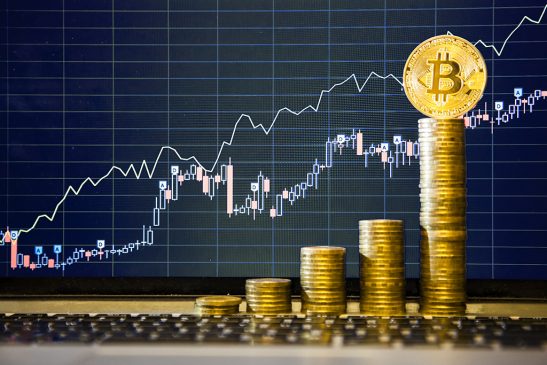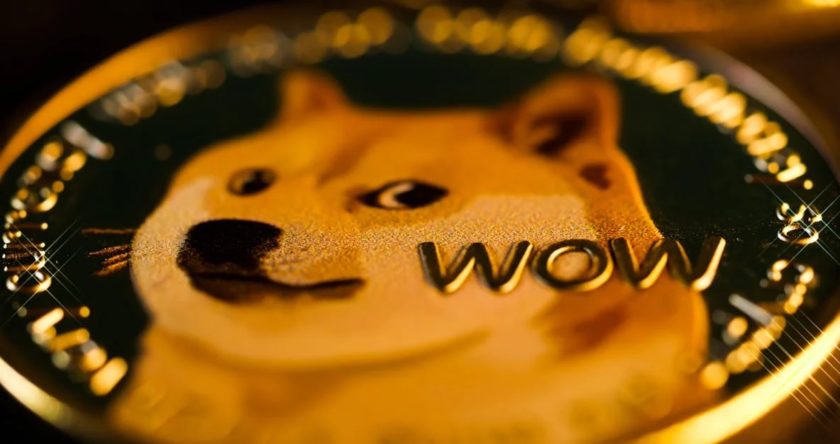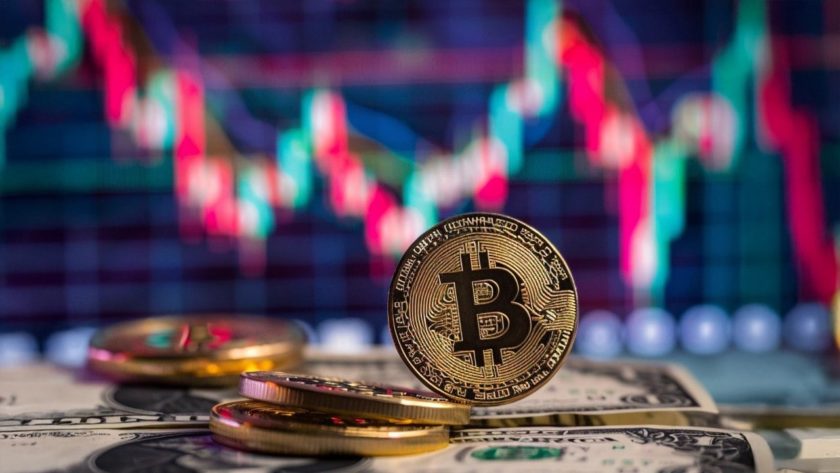One of Germany’s biggest banks, Bayern LB, has just published a report where it pitched Bitcoin against gold, with a very bullish conclusion. According to the Munich-based bank, Bitcoin price will hit $90,000 by 2020, more than 4 times its current all-time high and per the report, the bank believes that Bitcoin will do much better than gold, especially after the upcoming halving next year.
In the report titled “Is Bitcoin outshining gold?”, Bayern LB considers the stock-to-flow (SF) ratio. The SF is simply a method used to analyze certain assets to determine its scarcity or “hardness”. This specifically calculates how much of an asset is available in circulation, compared to how much was produced in its entirety in the first place. Based on this, assets with a larger SF are usually considered a lot more worthy than others.
“Historically speaking, it has invariably been the commodity with the highest stock-to-flow ratio at that juncture which has been used as money because this enabled the best value transfer over time.”
Even though both Bitcoin and gold cannot be produced arbitrarily, gold has been available for thousands of years and has been able to achieve a high SF over that period. However, Bitcoin is a lot more finite than gold and right from the beginning, everyone knew that the coin was created to function as money, but more importantly to have an extremely limited supply which can be exhausted. Because of this, Bitcoin’s SF has jumped much quicker than any other asset.
Bitcoin’s halving is also another factor to be considered. Satoshi Nakamoto, the Bitcoin creator, programmed the network to produce a maximum of 21 million Bitcoins, after which it will be impossible to continue mining. Until then, the network will halve rewards received by miners after every 210,000 blocks are mined and this takes about 4 years each time. Bitcoin becomes a little more scarce each time this happens and prices usually respond favorably, especially if the traditional laws of supply and demand are considered.
However, the Bayern LB researchers have noted in addition to the expected scarcity, that the Bitcoin halving will do wonders for the coin’s SF. At the moment, gold has an SF of 58 with Bitcoin less than half, at 25.8. Bayern LB suggests that after the halving expected sometime in May next year, Bitcoin’s SF will hit 53, pushing it very close to gold’s and shooting up its price.
“If the May 2020 stock-to-flow ratio for Bitcoin is factored into the model, a vertiginous price of around USD 90,000 emerges. This would imply that the forthcoming halving effect has hardly been priced into the current Bitcoin price of approximately USD 8,000.”
The report, however, ends with a bit of a warning about predictive analysis, suggesting that next year’s Bitcoin price could disappoint their suggestions.
“One knows only too well that even the best statistical model can fail miserably when attempting to predict the future.”
Ultimately, Germany’s seventh-largest bank believes the only certain determining factor for Bitcoin would be the upcoming halving. This is probably because even though all markets are known to have some level of volatility, cryptocurrencies (especially Bitcoin) are known to swing quite wildly. Recently, Bitcoin shockingly shed 20% of its valuation and dropped from its price above $10,000 all the way down below $8,000.




